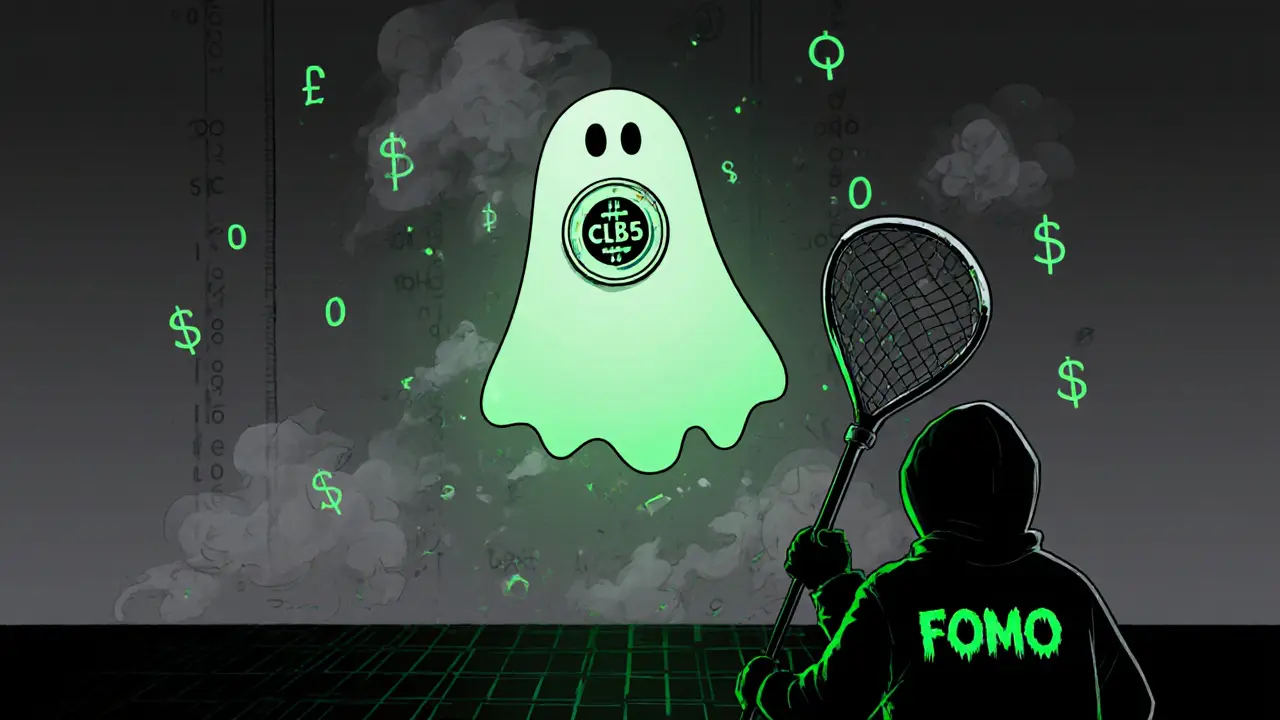Crypto Airdrop 2025: What’s Real, What’s Scam, and How to Spot the Difference
When you hear crypto airdrop 2025, a free distribution of cryptocurrency tokens to wallet holders as a marketing or community incentive. Also known as token giveaway, it’s one of the most popular ways projects attract users—but also one of the easiest ways to get ripped off. In 2025, thousands of fake airdrops flood social media, promising free tokens in exchange for your private key or a small fee. Real airdrops don’t ask for your seed phrase. They don’t require you to pay gas fees to claim. And they don’t come from DMs on Twitter or Telegram bots with 500 followers.
The airdrop scams, fraudulent campaigns that trick users into giving up control of their crypto or personal data are getting smarter. They copy real project logos, mimic official websites, and even fake verification badges. But the pattern stays the same: urgency, secrecy, and a demand for something you should never share. Meanwhile, real crypto rewards, legitimate token distributions tied to specific actions like holding a coin, using a platform, or joining a testnet are transparent. They list exact eligibility rules, use official channels like project blogs or verified Twitter accounts, and often require you to connect a wallet you control—not hand over login details.
Many of the airdrops you see in 2025 are dead on arrival. Projects like Landshare and 1MillionNFTs have been falsely linked to fake drops. Others, like Voxies and WoofWork.io, have real tokens—but no public airdrop at all. You’ll find posts here that expose these lies. You’ll also find the few that are actually worth your time: ones with clear steps, active communities, and teams that have been around long enough to have a track record.
Real blockchain airdrops, token distributions on public ledgers that reward participation in decentralized ecosystems don’t promise riches. They reward early adopters, testers, and loyal users. If you’re holding a token from a project that’s been live for over a year, used by real people, and has public code on GitHub—that’s your best bet. Airdrops like these often go unnoticed until they drop, because they don’t need hype to work.
And then there’s eligibility. In 2025, most real airdrops require you to have interacted with a protocol before a certain date. Maybe you swapped tokens on a DEX. Maybe you staked for a few weeks. Maybe you used a wallet that held a specific NFT. These aren’t random. They’re tracked on-chain. If a site asks you to sign up with your email and click a button to get free crypto, it’s a trap.
Below, you’ll find real breakdowns of what’s happening in 2025—not guesses, not rumors, not paid promotions. We’ve dug into the blockchain, checked contract addresses, and talked to developers. You’ll see which airdrops are still active, which are dead, and which were never real to begin with. No fluff. No hype. Just what you need to know before you click anything.




